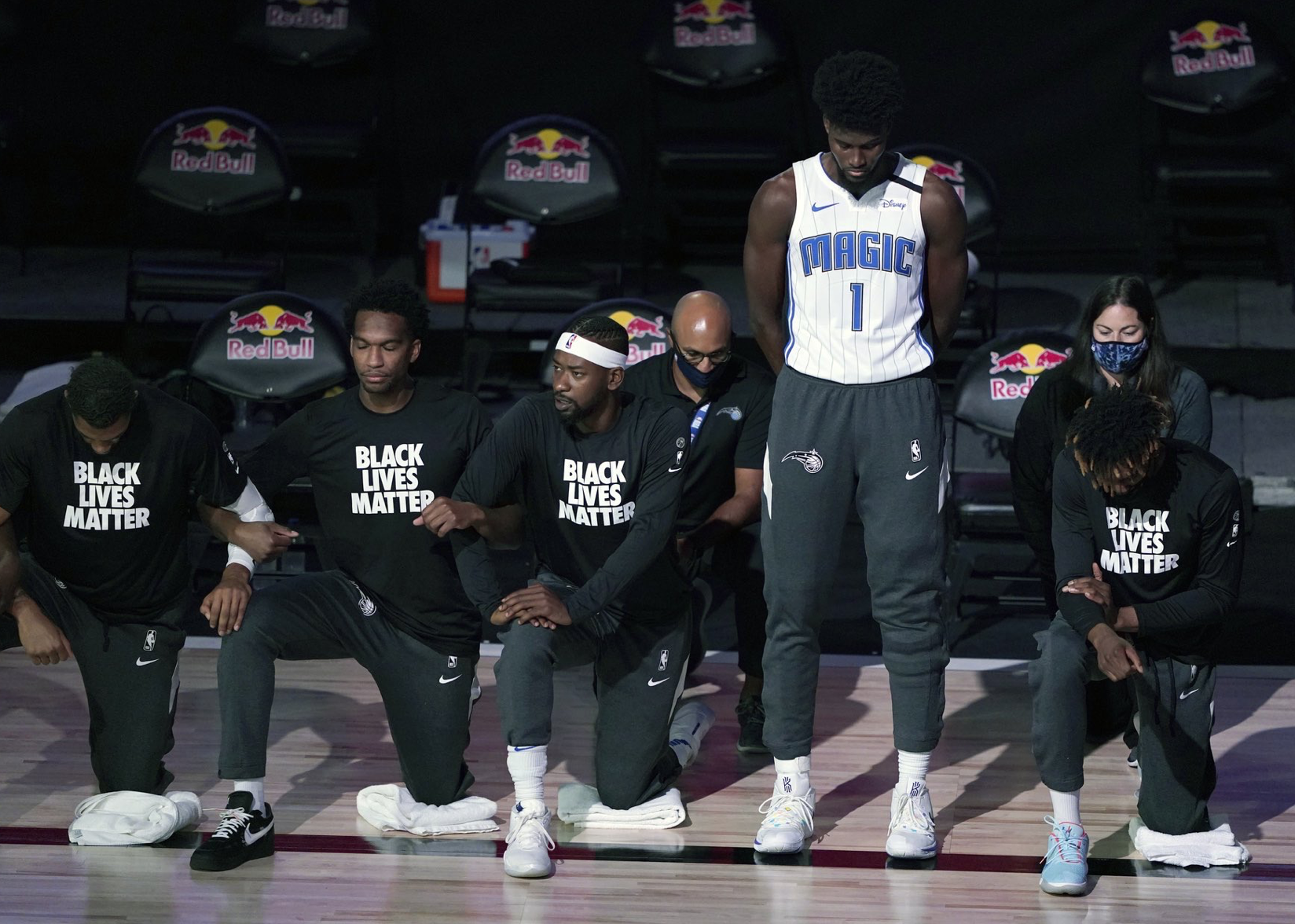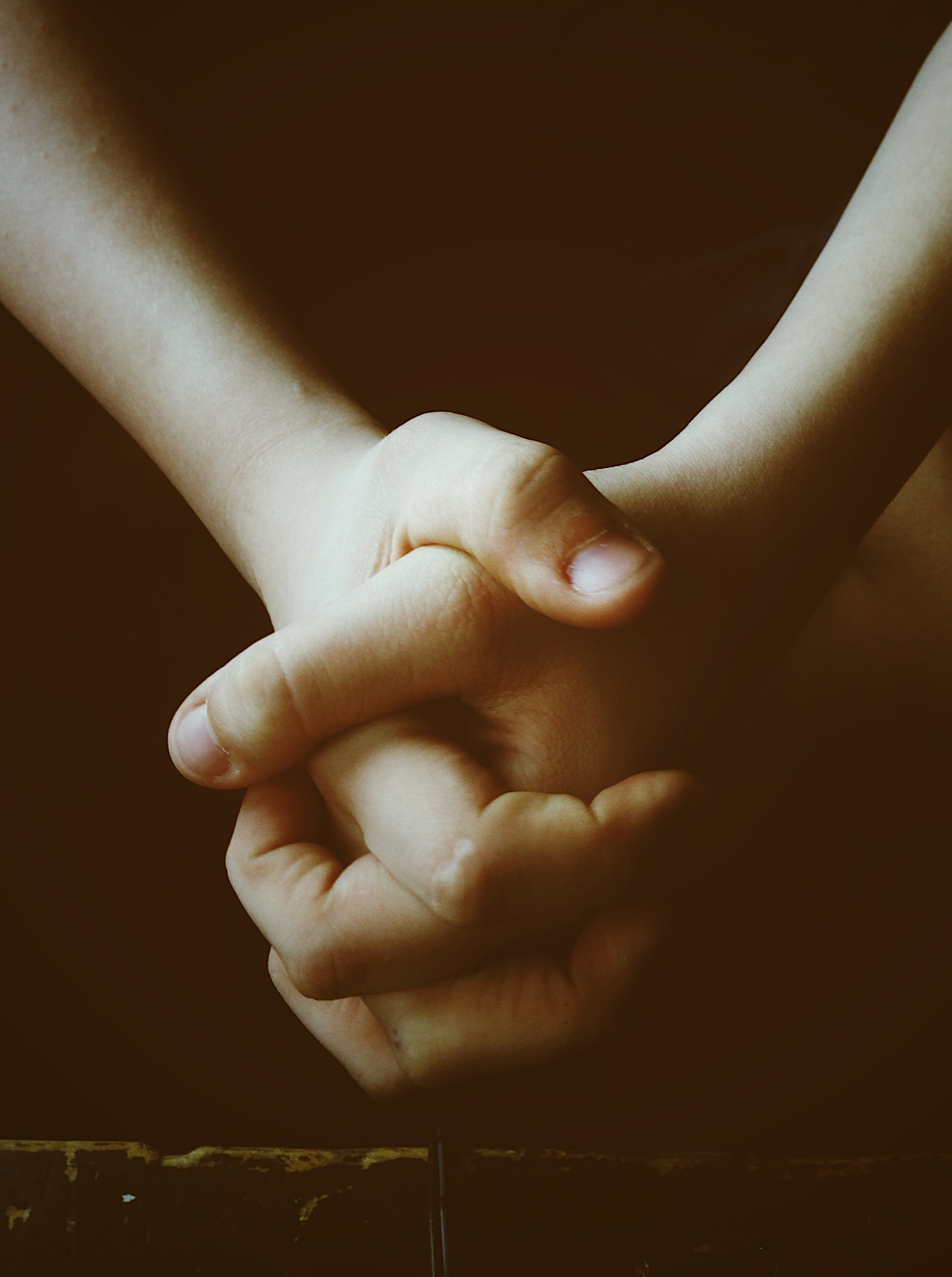In the hyper-partisan world of today’s culture wars and political battles, it seems like most issues require us to pick a team, then fight to the death against ‘the other side’. “Whoever is not for us is against us” has now been applied to almost every sphere of life—or at least to every sphere of online life.
That’s certainly how I felt about the controversial Netflix film Cuties. I knew the issues, I knew the teams, and I knew the team that I’d be joining.
Then a funny thing happened: I actually watched the movie. And it’s not quite as simple as I thought it would be.
If you haven’t caught up with the controversy, Cuties is a French film recently added to Netflix; the streaming service acquired the movie’s rights after it won an award at the Sundance Film Festival. It has attracted significant opposition for its overtly sexual depiction of children. For example, when asked to comment on the film, well-known Christian author and theologian John Macarthur said, “We’re absolutely where you would expect to be if you had 30 years of trying to destroy morality—if you had 30 years of a sexual revolution, a homosexual revolution, and you thought you were going to be able to stop it at some point and say, ‘Well, that’s far enough, go no further’. Well, that’s just not possible.
“The slide is greased, and it’s rapidly going downhill at a warp speed.”
In the US, a prominent group of lawmakers—people that I generally respect and agree with on most policy matters—have called for an investigation into whether Netflix violated any laws around the production and distribution of child pornography.
On the other side, plenty of film reviewers—mostly from more liberal, left-leaning publications—have praised Cuties. For example, Sam Adams at Slate dismissed criticism of the film in a review headlined “The Creepy Conservative Criticism of Netflix’s Cuties, Explained”. Netflix, meanwhile, issued a statement defending the film, even after having “deeply” apologised for the promotional image it used before the film’s release. “Cuties is a social commentary against the sexualization of young children,” Netflix’s statement said. “It’s an award-winning film and a powerful story about the pressure young girls face on social media and from society more generally growing up—and we’d encourage anyone who cares about these important issues to watch the movie.”
So the battles lines were drawn. Politicians and theologians whom I respect versus left-leaning film critics and a Hollywood media conglomerate dedicated to making as much money as possible by filling our lives with dross.
I think I know whose side to take.
But, after watching the movie, I believe a little nuance is required. While there are genuine issues here—the sexualization is real, gross, and troubling (as I’ll explain below)—a blanket condemnation of Cuties is too simplistic. I thought this review would be a matter of “I watched Cuties so you don’t have to”, but there’s a bit more to it.
Cuties focuses on Amy, an 11-year-old girl from a strict Muslim family living in France but hailing from Senegal. Early in the film, Amy discovers that her father will soon be bringing a second wife home to live with the family. As she struggles to make sense of this new living arrangement—and of the misogynistic religion that could justify it—Amy is drawn to a particular group of girls at her school. Though only 11, these girls dress provocatively, dance erotically, watch pornography online together, and talk graphically (but cluelessly) about boys and sex. They’re being raised by the internet. For Amy, they represent a shot at popularity and liberation, a total break with her family’s bewildering, oppressive traditions.
Driven by her desire to enter this exciting new world, Amy steals her cousin’s phone and quickly becomes hooked on social media, especially obsessing over photos and videos of young women who parade themselves online in exchange for that most valuable of currencies: likes. After teaching herself the sexualized dance moves she watches online, she earns friendship with the girls that she’s idolized, and is invited into their dance troupe as they prepare to audition for an upcoming competition.
As Amy becomes more and more devoted to her new friends, her family becomes more and more despairing, leading to some fairly dramatic forms of intervention. But her behaviour only spirals further and further out of control, particularly as, in her pain and confusion, she gives herself over to some crude and awful behaviours.
The film’s central theme, then, is based around this dramatic clash of cultures. But only a fool could watch Cuties and believe that the intended take-home message is “freedom of expression and sexual liberation are better than patriarchy, tradition, and religious dogma”. Still less does Cuties proclaim that children should be sexualized; that is most emphatically not what the filmmakers intend to convey. On the contrary, the hypersexualization of children is precisely what lies in the crosshairs. Director Maïmouna Doucouré has said that the film was conceived when she saw a group of Parisian pre-teens dancing in “a very sexually revealing way”, and that her desire was to explore issues of self-image in the social media age.
Cuties depicts a society that is desperately lost. We may have abandoned the old ways of religion, but look at the evil we’ve put in its place. This nihilistic, sex-worshipping, freedom-obsessed culture is without hope and without a moral compass. Spiritually thirsty people are being left to drink sand. Any culture that can treat children this way is clearly at a dead end, longing for a way back to innocence (as the film’s moving ending makes clear) but lacking any kind of map to get there. Or maybe we’re just so lost that most people don’t even know what ‘home’ looks like anymore, and they possess no will to look for it.
In this sense, some of the more simplistic criticism of the film is genuinely misguided. To take the most obvious example, a clip that circulated widely online last week shows the young foursome dancing very provocatively in extremely skimpy outfits. Stripped of context, it’s utterly horrific, and it left many people calling for Netflix to be cancelled (and perhaps even prosecuted). But the viral clip cut off before a key moment (spoiler alert): as the dance progresses, Amy freezes. In a flash, the scales fall from her eyes; she glimpses the horror of what she’s been chasing and what she’s let herself become, and she breaks down in tears. She can’t even finish the routine, and runs home in search of comfort and safety.
Now, if it sounds like I’m apologizing for this film, I am—but only up to a point. If you can’t already tell, Cuties left me feeling quite disoriented and more than a little confused. In some ways, I found it genuinely moving. Yet the film itself (not just its subject matter) is deeply problematic.
In the end, despite its noble intentions, I think the criticisms are mostly right. For there’s simply no getting around it: Cuties crosses the line in its own sexualized depictions of (at least) four innocent young women. And that’s a line that simply can’t be crossed. One child sacrificed on the altar of a filmmaker’s good intentions is one child too many.
There’s no point dwelling on the details, but there are just too many times when the camera lingers longer than necessary where it shouldn’t, or where it shouldn’t even be in the first place. The point could have been made in so many other ways. There were moments where I felt I needed to look away, and that should simply never be the case in a film about pre-teen girls.
To be sure, Netflix made the film appear worse than it is by choosing a horrible promotional image (especially when compared to the original French poster, above, which actually captures the essence of the film very nicely). But even so, a movie about the sexualization of children shouldn’t make me feel uncomfortable through its own sexualization of children.
I’m sure the film’s defenders would insist, “that’s the point; it’s meant to make you uncomfortable!” Fine. Well done. But that’s simply too low a bar to justify film-making of this kind. Any dolt can make an adult viewer feel uncomfortable by showing pre-teen girls in sexual situations. The real gift would have been to make me squirm and feel the weight of these issues without having to show them to me. I mean, do you have to hit me over the head with a sledgehammer to make me reflect on how I feel about serious head injuries?
I suppose these questions are as old as film-making; in fact, they probably go hand-in-hand with any art form. How much is too much? An artist desires to depict something in order to denounce it, but when does he go too far? When do those depictions become part of the problem? Must a film depict violence to make you abhor violence? What about drug abuse? Rape? Pedophilia?
In the end, then, Cuties takes aim at the right target. But rather than carefully and discretely shining a light on the problem, it becomes too much part of the problem—thus, in the process, inadvertently highlighting the depth of the problem. If you need this film to make you realize that our lost, depraved, hyper-sexualized culture is starting to devour even our children, may I politely suggest that you’ve had your head buried in the sand, and it’s time to wake up and become part of the solution? You absolutely don’t need to watch Cuties to know that “child sexuality” is—or at least should be—an oxymoron.
If nothing else, the confusion I felt after watching Cuties has made me want to pray for and encourage Christian artists. Storytelling of all kinds is an incredibly powerful tool, and in the right hands it can be a force for enormous good. But it takes great skill to navigate a field in which you’re constantly trying not to cross blurred lines. It takes a crystal-clear grasp of the gospel, a heart for the Lord, and a desire to tell meaningful stories in a way that honours both their audience and their subjects.
All that said, the lines here are not particularly blurry: children are not objects to be sexualized for the purposes of storytelling. I’m sure a Christian couldn’t have made Cuties. I’m sure the injunction to “flee sexual immorality” would have led to some very different choices. The fact that Doucouré felt the need to make this film to highlight this problem tells us just how deep the rabbit hole goes.


 You’ve probably never heard of Jonathan Isaac. But that needs to change, because he’s shown himself to be a man worthy of some attention.
You’ve probably never heard of Jonathan Isaac. But that needs to change, because he’s shown himself to be a man worthy of some attention.

 This may be controversial, but I’d like to briefly put forward a thesis:
This may be controversial, but I’d like to briefly put forward a thesis: Why do celebrity deaths stop us in our tracks and shock us so deeply?
Why do celebrity deaths stop us in our tracks and shock us so deeply?